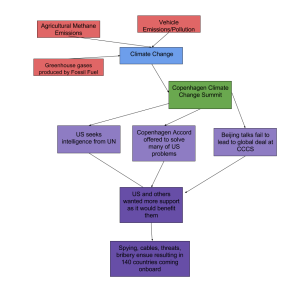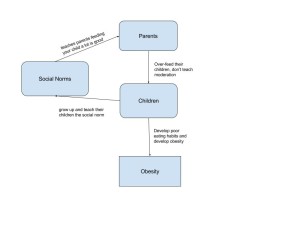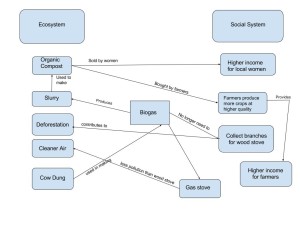Question 1: Is it more important to be a good person or to perform good acts (virtue ethics vs. action ethics)?
This is the classic case of “what makes someone good?” I believe this question is fundamentally flawed because it fails to understand what ‘good’ is, in my opinion. I believe ‘good’ can not be objectively stated in all cases. An interesting (and somewhat extreme) case of this is one person many believe was the most evil man to walk the Earth, Adolf Hitler. Hitler committed many atrocities in his lifetime, but he still believed he was not only a good person, but he also was performing ‘good’ acts for the betterment of mankind. We may sit here and think he was insane for believing so, but what do you judge his decisions based off of? I don’t believe there is some absolute ‘good’ to judge every decision against. Every action we make is relative to our own moral compass and it is only the self that can determine what is ‘good’ in our eyes. We all like to believe we are not only good people, but our actions are for the most part ‘good’ acts.
Question 3: Does the process by which decisions are made matter more than the outcomes of these decisions (procedural justice vs. distributive justice)?
I believe that the process of how decisions are made are either even more important than the decisions themselves. I believe a great example of this is our justice system (at least in theory.) Our justice system has the duty of determining who is innocent and who is guilty, which in some cases is also the decisions between life and death. The process by which this decision is made is far more important to me than what the actual result is. I’ll use an example to explain my reasoning. Imagine a scenario in which a man is on trial for murder. The prosecution offers a piece of evidence which is damning, like the murder weapon with the defendants finger-prints on it. However it comes to light the prosecution broke into the defendants home without a warrant and found it in his closet. from the outside it’s obvious that the man did the crime, but should he face punishment? They had the evidence to convict the man, but only after committing a crime themselves. The method in which one makes a decision should be the the spirit of the decision itself, i.e, if one wants practice law, they must stay within the law themselves.
Question 4: Do ecosystems matter for their own sake, or do they only matter to the extent that they impact humans (ecocentric ethics vs. anthropocentric ethics)?
As humans, I believe we are only capable of believing they matter to the extent that they impact us. I do not believe humans have an inherent connection to the ecosystems outside our human environment. The only connection we have to the many multitudes of ecosystems in this world today is how they directly, or indirectly, affect our lives and the sentiment we show towards them. There are many reasons why we need to respect and maintain our ecosystems in today’s world, considering we draw so many resources from it. In the long-run the only thing keeping ecosystems from being rolled over by human development is our own sense of sentiment towards their utter complexity and beauty. What this means is that the value we each individually give to the ecosystems of our planet is the only value that can exist,. Without humans to subjectively determine value, no value can exist. Therefore anthropocentric views are the only view we can truly hold on to.
Question 5: Do the pleasure and pain of non-human animals matter as much as the pleasure and pain of humans (speciesism)?
This is a particularly hot topic of debate that more often than not leads to polarization of either side. In my opinion, there is a stark difference in the lives and experiences of humans and animals. Humans have the extraordinary ability of conscious thought. We can make decisions, ideas, revolutions, and philosophize. I believe this to be an incredibly important distinction when valuing the lives of humans to non-human animals. Our brains are not fully understood machines, but we are so far ahead of non-humans in intellect that it may be true that there exists a sort of existential line that, once crossed, catapults that creature’s brain to one of a self-aware thinking being. If I had to choose between the pain of a human or the pain of an animal, I would always choose the animal. Likewise, if the decision was of pleasure, I would always choose the human to experience pleasure. In some capacity animals are more like machines experiencing things, while humans are capable of understanding the impact of the effects.
I accidentally did 4 questions, might as well keep all four up though.



